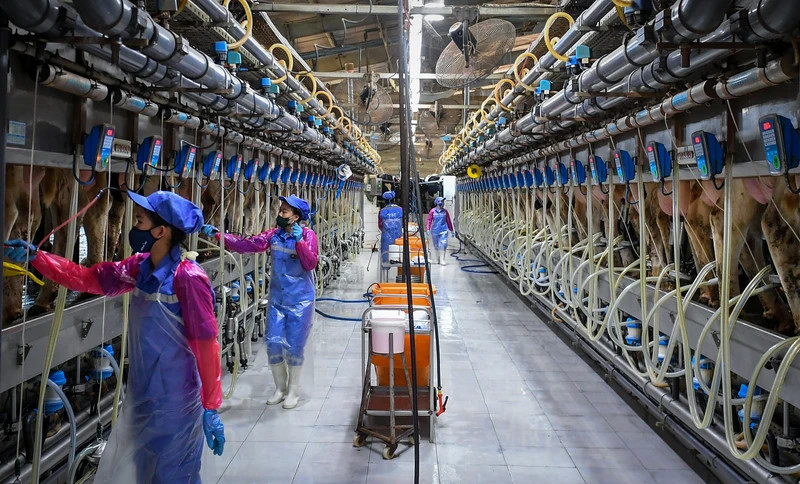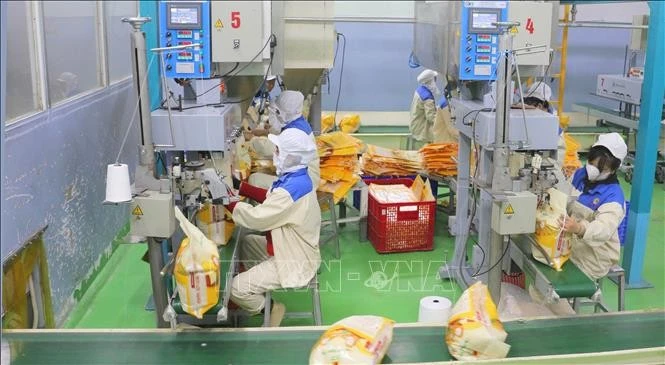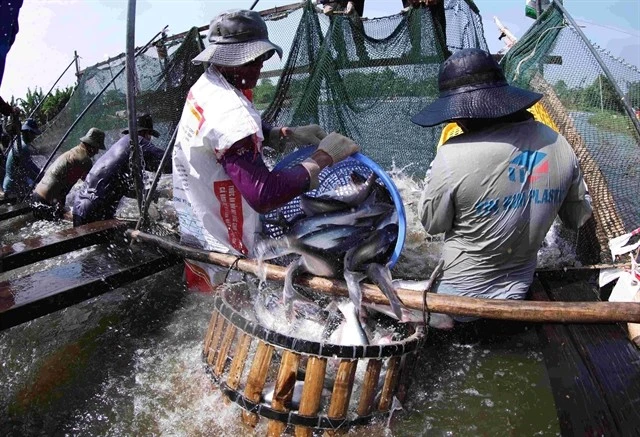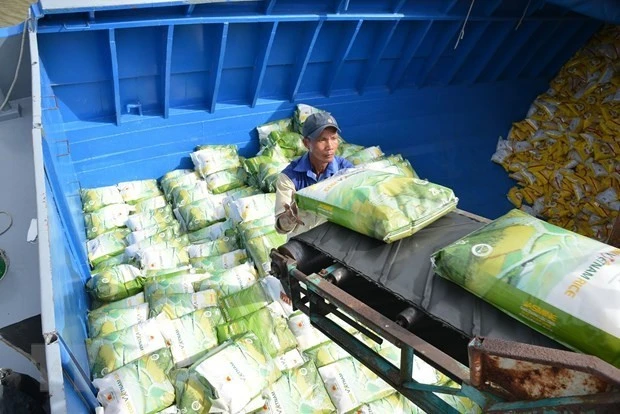The livestock industry is expected to recover
According to the Ministry of Agriculture and Rural Development, the livestock industry recorded stable growth numbers in the first quarter of 2024. Total output of live meat of all types during this period is estimated to have reached over 2 million tonnes, an increase of 4.5% over the same period in 2023. Specifically, pig farming is still the main activity, accounting for 64% of the total output of domestically produced livestock.
The output prices also recovered strongly in the first four months of the year. Strong price increases, especially in April, are a rare phenomenon because consumer demand usually decreases in the summer.
According to the Mercantile Exchange of Vietnam (MXV), domestic pig supply is still low following the African swine fever (ASF) outbreak, and is also impacted by reduced imports due to the difference in pig prices from Cambodia and Thailand.
Meanwhile, businesses and livestock households are still in the stage of restocking their herds, having to wait at least until the end of this year to be able to bring them to the market for consumption. Therefore, live pig prices are expected to remain high, reinforcing the optimistic outlook of the livestock industry in 2024.
The advantage still belongs to foreign enterprises
According to statistics from the Ministry of Agriculture and Rural Development, Vietnam currently has about 265 animal feed factories. Of which, 85 factories belong to foreign enterprises, which account for 32% but hold 65% of the market share.
One of the reasons is that foreign businesses often have systematic business strategies and apply closed production and business chains to optimise efficiency.
In addition, another factor that makes domestic animal feed production enterprises less competitive is their heavy dependence on imported raw materials. This not only increases production costs but also makes it difficult for domestic businesses to compete on price with foreign businesses with stable supply chains and lower costs.
Solution to the problem of raw materials
Every year, Vietnam spends a huge portion of its budget to import animal feed ingredients such as corn, soybeans, and wheat to serve domestic production. The livestock industry consumes more than 33 million tons of food per year, mainly for poultry and pig farming. However, domestic output can only meet about one third of the demand.
According to Pham Quang Anh, Director of the Vietnam Commodity News Centre, to cope with the rising cost of animal feed ingredients, businesses need to take some important measures.
Firstly, businesses should proactively seek new supply sources and change bran formulas to use alternative products when raw material prices increase. For example, wheat or cassava chips can be used instead of corn. This helps to reduce dependence on a single raw material.
Secondly, businesses need to increase investment in oil pressing plants to be proactive in the supply chain of soybean meal, a high-value and difficult-to-replace raw material. Vietnam can import soybean seeds to press oil, creating products such as bean meal for animal feed, bean oil for food, and soybean shells for feed production for dairy cows. This not only helps stabilise supply but also enhances the added value of domestic products.
Thirdly, to minimise the risk of rising raw material costs, businesses should use hedging tools during the import of animal feed raw materials. Applying these financial tools helps businesses stabilise input costs against fluctuations in the international market.



![[Video] Seven inspection teams formed to stabilise market during peak Tet period](https://en-cdn.nhandan.vn/images/9f233ae74386156ace55673ec5a8ea373e7bb5df2274800bfd51bda6ec86d9464d289201deda54c246314a974e2f0aef0bc69929884e4c53fd4eb6a1f98b468f6ae70becd9f49b834a8b9195e077c25b/anhminhhoavideo-110126-2.jpg.webp)












